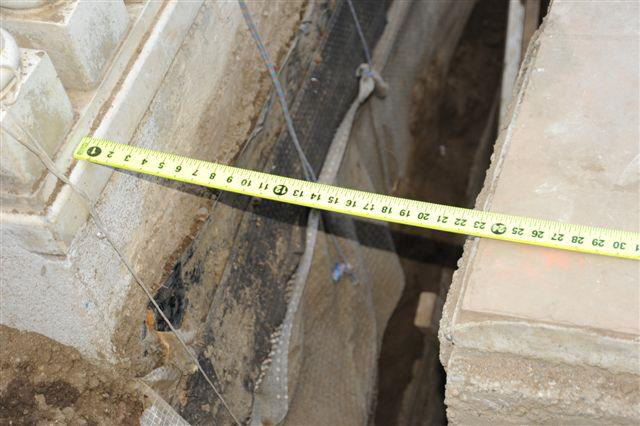Concrete Design Program Cdph

Want to design concrete floors economically, with exceptional visibility into compliance, and efficiency while designing slabs, mats, and rafts?

Books.google.com.tr - The CSI Sustainable Design and Construction Practice Guide is a compilation of information and recommended best practices for those who participate in the design and construction of commercial-level sustainable facilities. It offers guidelines and standards for applying sustainable design and construction. The CSI Sustainable Design and Construction Practice Guide.
Systems Analysis & Design Results Output Advanced Features Powered by a sophisticated FEM Solver increasing capacity and substantially speeding up solution for large and complex models, spMats v8.12 is widely used for analysis, design and investigation of concrete mat foundations, footings, and slabs on grade. SpMats, formerly pcaMats and MATS, is equipped with the latest American (ACI 318-14) and Canadian (CSA A23.3-14) concrete codes. SpMats is utilized by engineers worldwide to optimize complicated foundation design,and improve analysis of soil structure interaction. SpMats uses the plate-bending theory and the Finite Element Method (FEM) to model the behavior of the mat or slab.
The soil supporting the slab is assumed to behave as a set of one-way compression-only springs (Winkler foundation). The boundary conditions may be the underlying soil, nodal springs, piles, or translational and rotational nodal restraints. The model is analyzed under uniform (surface) and concentrated loads. The resulting deflections, soil pressure (or spring reactions), and bending moments are output. The soil supporting the slab is modeled as a group of linear uncoupled springs (Winkler type) concentrated at the nodes. How To Become Human Calculator Pdf File. The soil element is tensionless, weightless, and has one degree of freedom, which is the displacement in the Z direction (Dz). The contribution of each element node to the soil spring stiffness is equal to the nodal tributary area (one-fourth of the element area) multiplied by the soil subgrade modulus, Ks, under the element.
Additional nodal springs may be applied in parallel to the Winkler’s springs. Accordingly, their linear stiffness, Kns, is added to the equivalent spring constant. During the analysis, if loading/support conditions or the mat shape causes any uplift and induces tension in a spring (soil, nodal spring, or pile), the spring is automatically removed. Download Free Wii Play Tanks Hacked Version. The mat is re-analyzed without that or any other tension spring. The program automatically iterates until all tension springs are removed and equilibrium is reached.
The Program allows the user to specify a positive nodal displacement criteria beyond which a node is considered to be in uplift. Since the supporting soil is assumed to be tensionless, the default value for this nodal displacement is zero. However, this option can be utilized for pile only supported foundations with piles that have tension capacity. In this case, the positive nodal displacement input shall enable the pile to take tension as long as the specified positive displacement limit is not reached. Minimum ratio of soil contact area with respect to total initial soil-supported area (%) is set to 50% as default by the Program and.
Needs to be approved or reentered by the user based on project requirements. Setting this ratio to 100% together with positive nodal displacement criteria set to zero ensures no uplift in the model as the solution will not be completed and an error message will appear.
For example, a mat foundation for a Nuclear Power Plant may require such a strict criterion to be set in spMats.